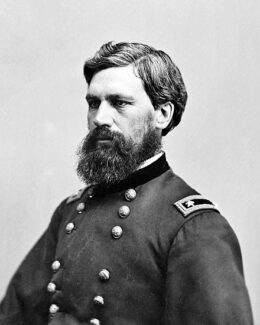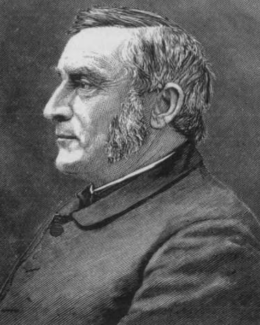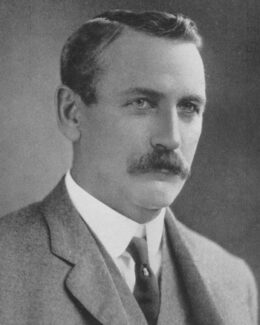ACADEMY HISTORY The Monmouth Academy Story
“We beg leave to represent that a Free Grammar School in said town of Monmouth would be of great public utility, not only in said town but to a number of towns around.”
NOTABLE ALUMNI
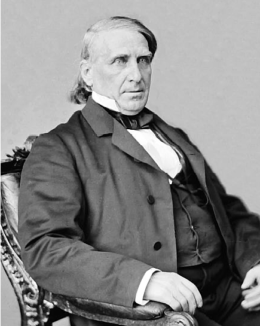
Elihu B Washburne
September 23, 1816 – October 22, 1887
American politician and diplomat. A member of the Washburn family, which played a prominent role in the early formation of the United States Republican Party, he served as a congressman from Illinois before and during the American Civil War.
Oliver Otis Howard (November 8, 1830 – October 26, 1909) was a career United States Army officer and a Union general in the Civil War. As a brigade commander in the Army of the Potomac, Howard lost his right arm while leading his men against Confederate forces at the Battle of Fair Oaks/Seven Pines in June 1862, an action which later earned him the Medal of Honor.
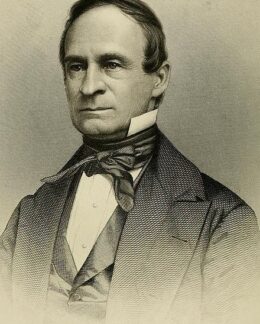
Samual P Benson
He was a railroad builder, and was secretary of the Androscoggin & Kennebec Railroad (later the Maine Central Railroad). Benson was elected member of the Maine House of Representatives, and served in the Maine State Senate. He was elected Maine Secretary of State in 1838 and in 1841. He was an overseer of Bowdoin College 1838–1876 and president of the board for sixteen years
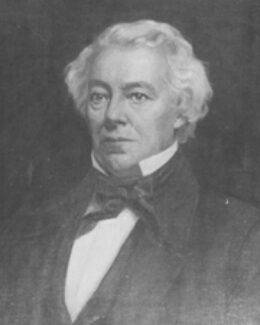
George Evans
An American lawyer and politician from the state of Maine. A member of the United States Whig Party, he served in both houses of the United States Congress and as Speaker of the Maine House of Representatives. He was elected to the Maine House of Representatives and served from 1826 to 1830; from 1829 to 1830 he was the Speaker of the House.
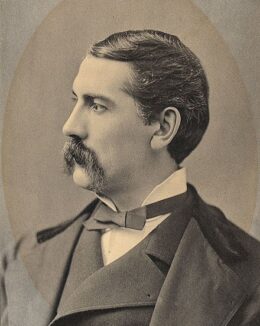
Sheldon Connor
January 25, 1839 – July 9, 1917
American soldier, banker, and politician who was the 35th Governor of the U.S. State of Maine.
Following the outbreak of the American Civil War, Connor entered the military service in May 1861. In August 1861 was commissioned as lieutenant colonel of the 7th Maine Infantry. Seldon became Colonel of the 19th Maine Infantry in January 1864, and was severely wounded in the Battle of the Wilderness. He was promoted to the rank of brigadier general of Volunteers on June 11, 1864.
August 7, 1819 – September 16, 1892
American Methodist Episcopal educator and politician.
Born in Monmouth, Maine, Torsey studied at Maine Wesleyan Seminary. In 1841 he taught school in East Greenwich, Rhode Island, and in 1842 he became a teacher at Maine Wesleyan Seminary and then principal of the seminary. In 1855 and 1856, he served in the Maine State Senate and was an Independent.
In 1864, President Abraham Lincoln nominated Torsey to the office of secretary of Montana Territory, but Torsey declined the nomination. Torsey retired in 1882 because of ill health and died at Kents Hill.
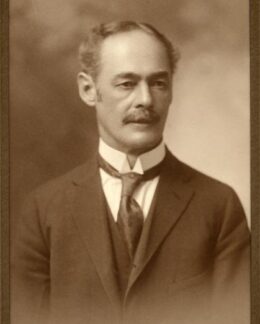
Harry H. Cochrane
April 6, 1860 in Augusta, the son of Major James Henry Cochrane, of Limington, and Ellen M. Berry, of Belfast.
Harry was reared in the home of his grandparents, Dr. James Cochrane and Eliza McClure, in Monmouth, and attended Monmouth Academy. He was an artist, architect, composer, conductor, musician, singer, writer and poet.
He was the painter, in 1927, of the murals in the Kora Temple building in Lewiston. He was the designer, architect and interior artist Cumston Hall in Monmouth, 1900, and the writer of the two-volume History of Monmouth and Wales, 1894.
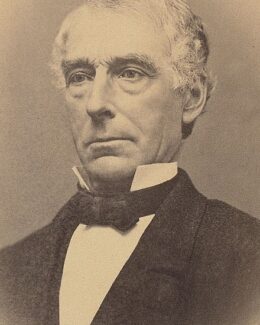
Dr. Alonzo Garcelon
May 6, 1813 – December 8, 1906
36th governor of Maine, and a surgeon general of Maine during the American Civil War.
Garcelon was born in Lewiston to and attended Monmouth Academy. In 1836 Garcelon graduated from Bowdoin College, and in 1839 he graduated from the Medical College of Ohio in Cincinnati, Ohio, and then returned to Lewiston to practice.
Garcelon co-founded the Lewiston Journal in 1847. He served in the Maine House of Representatives from 1853–54, 1857–58, and in the Maine Senate from 1855-56. Garcelon donated to Bates College to Lewiston in 1855 and served as an instructor and trustee at the College.

Aaron Simon Daggett
June 14, 1837 – May 14, 1938
United States Army officer. He was the last surviving brevet Union general of the American Civil War, and the last surviving general of any grade from the war, when he died one month shy of his 101st birthday in 1938.
Daggett was nominated for appointment to the grade of brevet brigadier general, to rank from March 13, 1865, by President Andrew Johnson on February 21, 1866 and was confirmed by the United States Senate on April 10, 1866.
During the war, Daggett fought at West Point, Gaines’ Mill, Golding’s Farm, White Oak Swamp, Second Bull Run, South Mountain, Antietam, Rappahannock Station, Fredericksburg, Battle of Gettysburg, Battle of Mine Run, Battle of the Wilderness and Battle of Cold Harbor.
April 25, 1853 – June 2, 1943
American civil engineer who built the Great Northern Railway in the United States and was chief engineer on the Panama Canal between 1905 and 1907.
In 1886, Stevens was a principal assistant engineer for the Duluth, South Shore and Atlantic Railway, and in charge of building the line from Duluth, Minnesota to Sault Ste. Marie, Michigan, across the Upper Peninsula of Michigan.
In 1889, Stevens was hired by James J. Hill as a locating engineer for the Great Northern Railway.
Stevens earned acclaim in 1889 when he explored Marias Pass, Montana, and determined its practicability for a railroad. Stevens was an efficient administrator with remarkable technical skills and imagination.
In 1905,he was hired by United States President Theodore Roosevelt as chief engineer of the Panama Canal.
